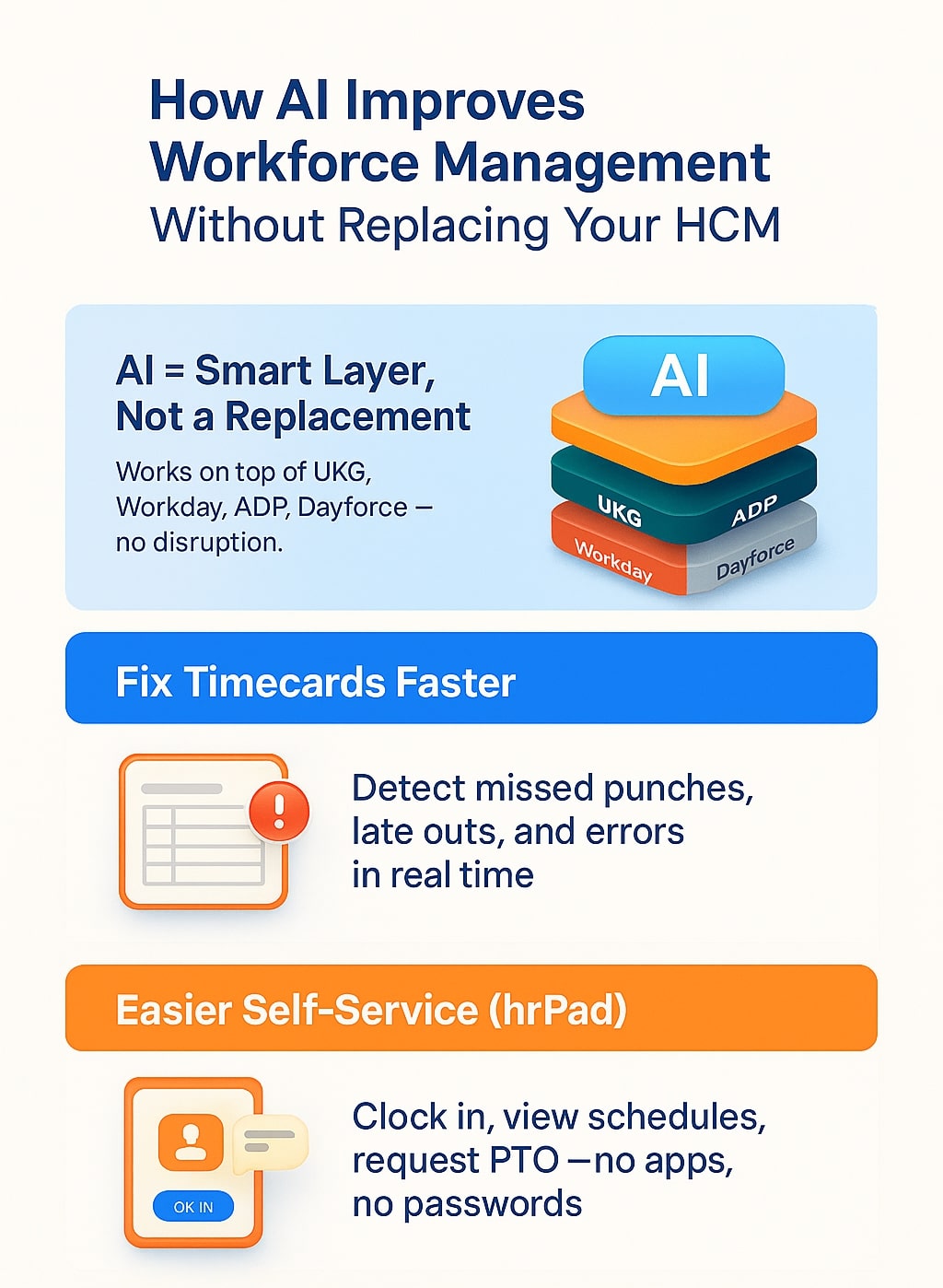AI isn’t here to replace your HCM system — it’s here to make it easier to use. This article explores how CloudApper adds a smart AI layer on top of UKG, Workday, ADP, Dayforce, and other HCM platforms to reduce timecard issues, streamline communication, improve self-service, and support supervisors without disrupting day-to-day operations.
Everywhere you look, someone is talking about how AI is changing workforce management. But if you’re the one actually running payroll, fixing timecards, or dealing with last-minute staffing issues, you’re probably wondering something much more grounded: How does AI help without forcing us to replace the HCM system we’ve already invested years into?
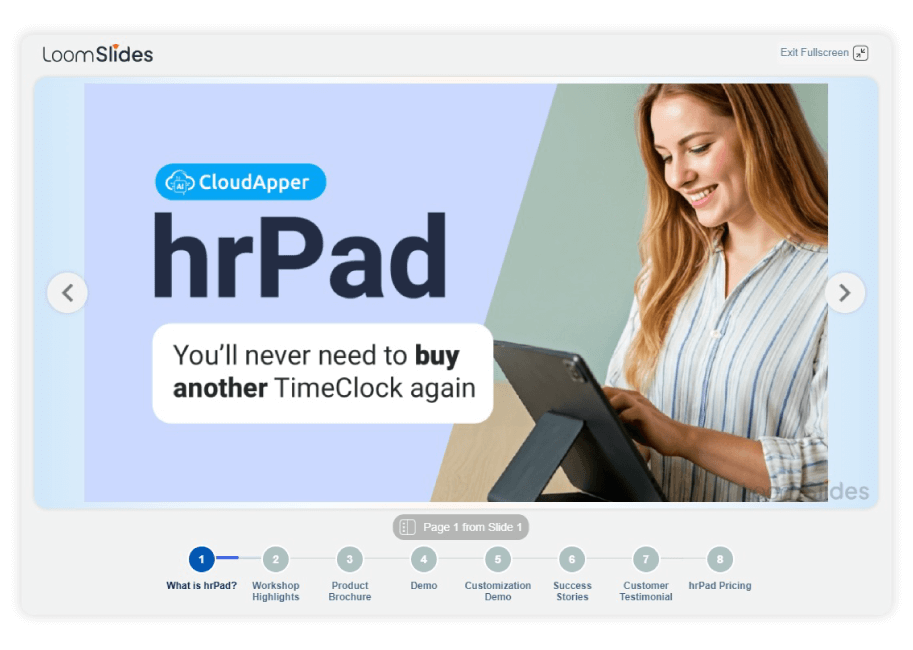
For more information on CloudApper hrPad visit our page here.
That is the part that gets lost in the hype.
In reality, AI doesn’t need to replace UKG, Workday, ADP, or Dayforce — and no HR team actually wants that. What HR teams want is something that makes workforce management smoother without interrupting day-to-day operations. And that’s exactly how AI fits in.
AI works best when it acts like a smart layer on top of your existing HCM. Your core system stays the same. AI simply helps with the messy, repetitive, time-consuming tasks that bog people down. It’s kind of like adding automatic lighting to a building: the structure doesn’t change, but everything becomes easier to move through.
One of the clearest examples is timecard accuracy. Missed punches, late punches, and forgotten clock-outs are everyday headaches. AI can spot unusual patterns, warn you when an employee forgets to clock out, or prompt someone to fix a mistake before it becomes a payroll issue. Instead of cleaning everything up at the end of the pay period, many problems get corrected as they happen. The HCM still controls the rules — AI simply reduces the noise.
Another area where AI helps is employee self-service. A lot of frontline workers don’t check email, don’t download apps, and forget passwords often. This is where simple access points make a massive difference. CloudApper hrPad is an example of how companies solve this. It turns any tablet into a self-service HR kiosk, synced with your HCM, so employees can clock in, check schedules, request time off, view messages, or fix missing punches without logging into anything complicated. The HCM stays the source of truth; hrPad just makes it easier to reach.
AI also supports supervisors by delivering the information they need without making them dig for it. Instead of searching through dashboards, supervisors can receive quick updates — who hasn’t arrived yet, where a shift is understaffed, who is approaching overtime, or who keeps missing punches. They don’t have to hunt down problems; AI brings the right details straight to them.
Podcast: AI Smart Layer Sits on Existing HCM Systems
Communication is another place where AI fills a real gap. Frontline teams often change phone numbers, work rotating shifts, or speak multiple languages. Many HR teams struggle to reach everyone at the right time. Some use hrPad alongside CloudApper’s messaging workflows to send shift updates, reminders, emergency alerts, or schedule changes straight to employees’ phones. Contact information stays in sync with the HCM, so messages always reach the right people. Again, nothing changes inside the HCM — the AI layer simply handles distribution.
Scheduling benefits in a similar way. Your HCM still houses the schedule, but AI helps with what happens after the schedule goes live — filling open shifts, suggesting replacements, reminding employees about upcoming shifts, or notifying the team when something changes. The heavy lifting stays inside the HCM, and AI handles the coordination around it.
Even reporting becomes easier. AI can pull insights from your HCM and deliver them in plain language, saving HR and operations teams from running multiple reports. Instead of clicking through pages of analytics, you get clear answers to simple questions about attendance, overtime, staffing gaps, or compliance issues.
So no, AI doesn’t replace your HCM — it simply makes it easier for everyone to use. Your HCM remains the core system. AI fills the everyday gaps.
CloudApper sits squarely in this space. It gives companies a way to enhance their existing UKG or HCM environment with easier time capture, smoother communication, better self-service, and helpful supervisor tools — without replacing anything already in place. It’s the kind of AI layer that helps your workforce operate more smoothly while your HCM continues doing what it does best.
In the end, that’s the real value of AI in workforce management: it helps your current system work the way your people actually work. No rip-and-replace, no disruption — just less friction from the tasks that slow everyone down.
What is CloudApper AI Platform?
CloudApper AI is an advanced platform that enables organizations to integrate AI into their existing enterprise systems effortlessly, without the need for technical expertise, costly development, or upgrading the underlying infrastructure. By transforming legacy systems into AI-capable solutions, CloudApper allows companies to harness the power of Generative AI quickly and efficiently. This approach has been successfully implemented with leading systems like UKG, Workday, Oracle, Paradox, Amazon AWS Bedrock and can be applied across various industries, helping businesses enhance productivity, automate processes, and gain deeper insights without the usual complexities. With CloudApper AI, you can start experiencing the transformative benefits of AI today. Learn More
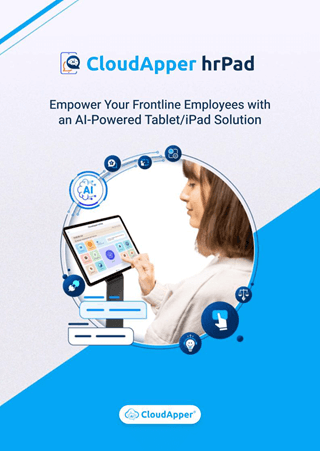
Brochure
CloudApper hrPad
Empower Frontline Employees with an AI-Powered Tablet/iPad Solution
Download Brochure
CloudApper AI Solutions for HR


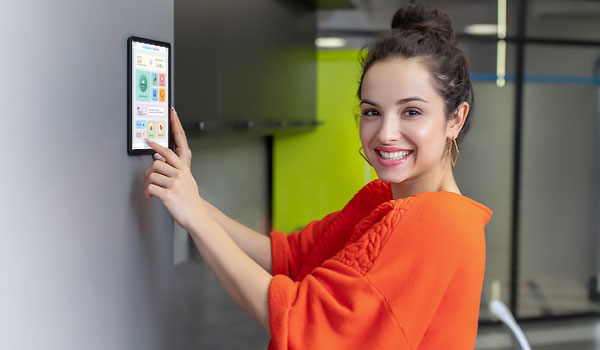
- Works with
- and more.
Similar Posts

How To Automate Employee Shift Notifications Through Text Messaging?
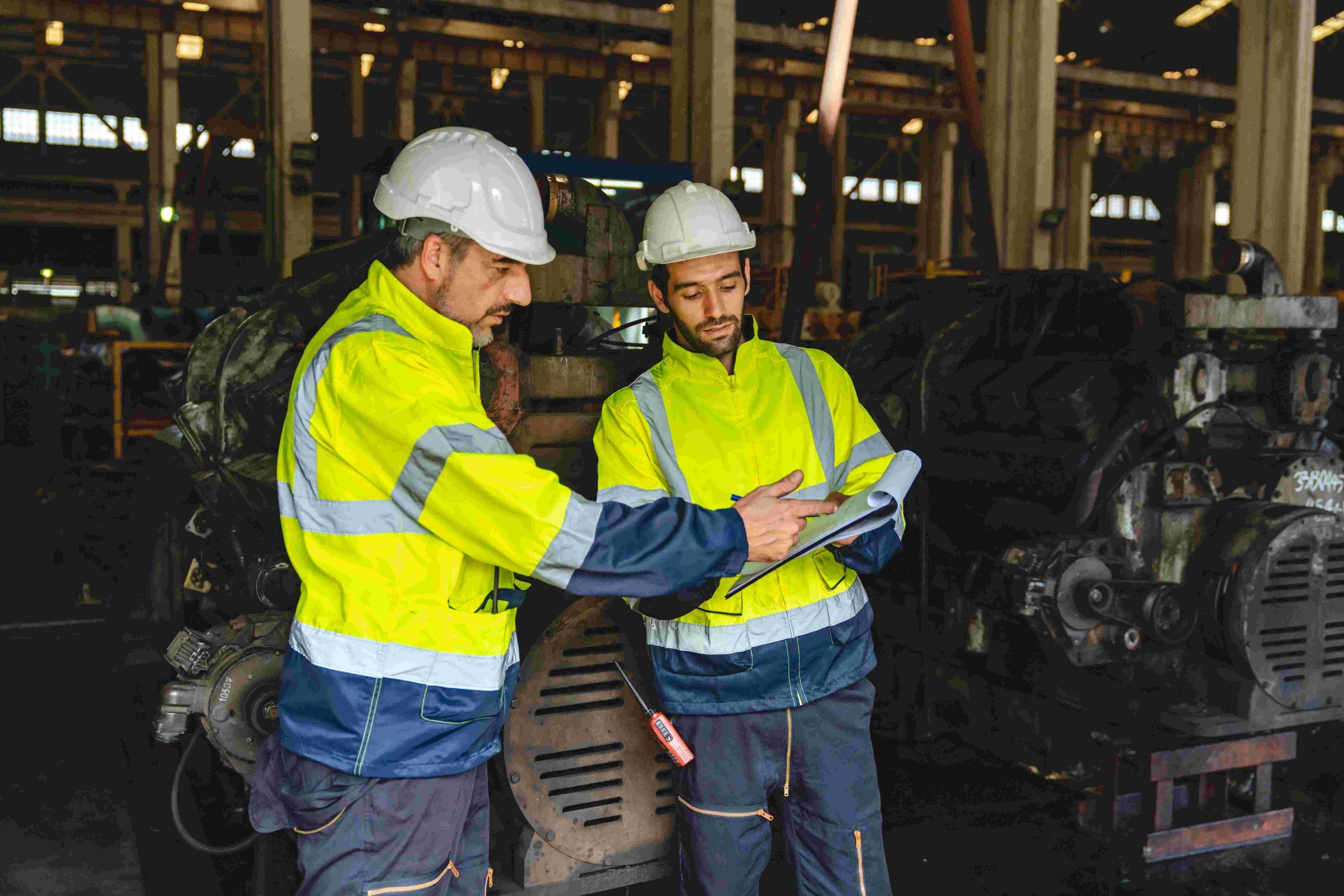
Designing for the Deskless: Human-Centered AI in Workforce Management


